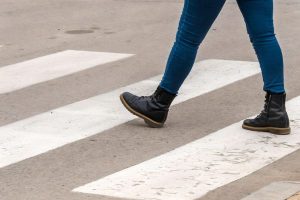Will New Law Put an End to Traffic Fatalities in the State?
 Addressing a significant increase in traffic-related fatalities in the State, Gov. Phil Murphy recently signed a bill into law creating a new commission to study ways to eliminate deaths and serious injuries resulting from motor vehicle accidents by the year 2040.
Addressing a significant increase in traffic-related fatalities in the State, Gov. Phil Murphy recently signed a bill into law creating a new commission to study ways to eliminate deaths and serious injuries resulting from motor vehicle accidents by the year 2040.
New Jersey State Police reported that nearly 700 individuals died on New Jersey roadways last year. Between 2023 and 2024, road fatalities in the State rose by 14%, with pedestrian fatalities increasing by 32%. This latest law tasks the newly-created, multi-departmental Target Zero Commission with identifying strategies to reverse this trend. To learn more, read “Following 692 Deaths, NJ Law Creates Ambitious Road Safety Goal.”
 New Jersey Injury Lawyers Blog
New Jersey Injury Lawyers Blog






